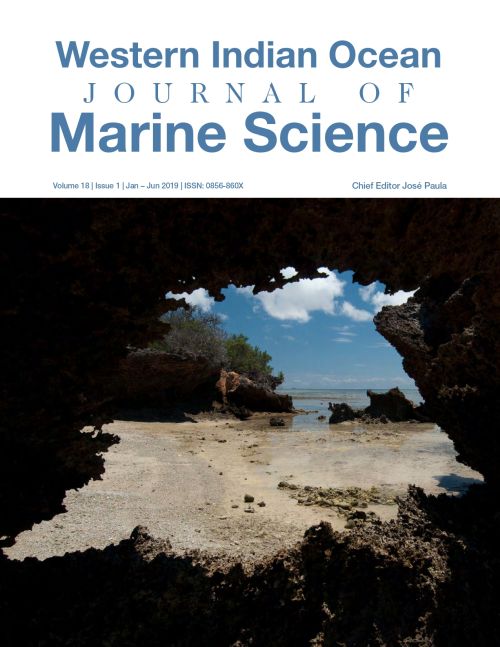 Western Indian Ocean Journal of Marine Science
Western Indian Ocean Journal of Marine Science
Journal / Western Indian Ocean Journal of Marine Science /
Vol. 18 No. 1 (2019) / Articles
The analysis of stable isotope ratios of carbon and nitrogen is a tool commonly used in trophic ecology. However, the presence of nitrogen compounds and lipids in tissues of studied organisms can bias the ratio measurements. Treatments to eliminate problematic compounds have been highlighted in the literature. In this study the effect of two different treatments and their combination on the δ15N and δ13C ratio values of Carcharhinus leucas and Galeocerdo cuvier white muscle samples were tested. All sharks were caught along the west coast of Reunion Island (western Indian Ocean), within the framework of a shark-control programme. Deionized water rinsing proved to be the most effective treatment for nitrogen compound removal and lipid extraction, using a 2:1 chloroform-methanol solution, the most effective for lipid removal. The combination of both treatments was as effective as deionized water rinsing for nitrogen compound removal but produced an unexpected decrease of δ13C ratio values. Deionized water rinsing caused a similar decrease on some δ13C values in the bull shark. Some differences on the effects of the different treatments appeared when considering the sexes separately. Analytical normalization equations for the different treatments on the two stable isotope ratios are provided.
Journal Identifiers
eISSN: 2683-6416
print ISSN: 0856-860X






